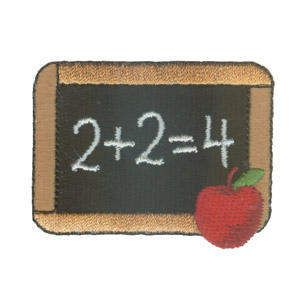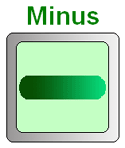Introduction
The topic I will be covering is Addition and Subtraction. The target grade will be Kindergarten, which is the grade that I plan to teach. The Standards of Learning this topic will cover is:
K.6 Math – The student will model adding and subtracting whole numbers, using up to 10 concrete objects.
Text Annotations
The following are some great books related to my topic of Addition and Subtraction. These are books that I will be able to read to or with my students in my Kindergarten classroom.
- Jack The Builder by Stuart J. Murphy Illustrated by Michael Rex. – This book covers counting on, which builds on a student’s ability to add. A little boy uses blocks to build a robot and adds the parts on one by one.
- Mall Mania by Stuart J. Murphy Illustrated by Renee Andriani. – This story takes place in a mall and practices addition strategies. In it, there is shopping, counting, and adding. The book uses elementary school students as the characters, which will help relate to the students when we read it.
- Elevator Magic by Stuart J. Murphy Illustrated by G. Brian Karas. – A little boy subtracts his way down an elevator while encountering some magical sights. Great way for kids to practice subtraction.
- Math for all Seasons by Greg Tang Illustrated by Harry Briggs. – This book has rhyming riddles. Kids can solve these by counting, or by using the author’s techniques. Kids can also develop great problem solving skills. It practices fun ways to add and subtract.
- Ten Terrible Dinosaurs written and illustrated by Paul Stickland. – This book is a fun and entertaining way for kids to count back and subtract. It starts off with ten dinosaurs and the interesting scenarios they experience taking one away at a time.
Web Annotations
The following is a list of websites pertinent to my topic of addition and subtraction. These websites include games students can play to practice what we are learning.
- Count Us In Practicing Addition – In this game, children have to put a certain amount of people on a bus to get the desired sum. It is a fun and interactive way to practice addition.
- Addition and Subtraction Kindergarten Webpage Adding Bricks – In this activity, students count the number of bricks the workers dump to find the sum.
- BBC Homepage The Little Animals Activity Center – Students take away the number of dots on one lady bug from another to practice finding the difference in a subtraction problem.
- Kidport Kindergarten How Many? – Students count the number of shapes to get the total number. This will help build on addition skills for young children.
- Pitara Kids Network Learning to Add and Subtract – Students will add or subtract the picture objects to find the correct sum or difference.
Additional Resources
The following are additional resources to help support instruction for this topic.
- The Blue Bean Game – This lesson idea comes from education.com. The goal of this game is to practice addition skills with kindergarten students. Large Lima beans will be colored two different colors on opposite sides. After they are colored, you are to place them in a cup, shake them up, and toss them out. The student will have a piece of paper with the appropriate color in correlation to the lima beans and color on their paper the colors of each lima bean they see. They will add the individual colors and get the appropriate sum.
- Subtraction Coloring Page – The template on this website has coloring pages that students can use to practice subtraction. Students this age love to color so I think it would be a great way to incorporate fun and math into one!
- Candy Corn Kindergarten Math Lesson Plan – This lesson generates ideas to use candy in correlation to students learning to subtract. It is instructed for Halloween but can be adapted to any holiday or can even be used generally. Kids love candy at all ages, so what other better way to show kids concepts for subtraction then by eating candy away!


